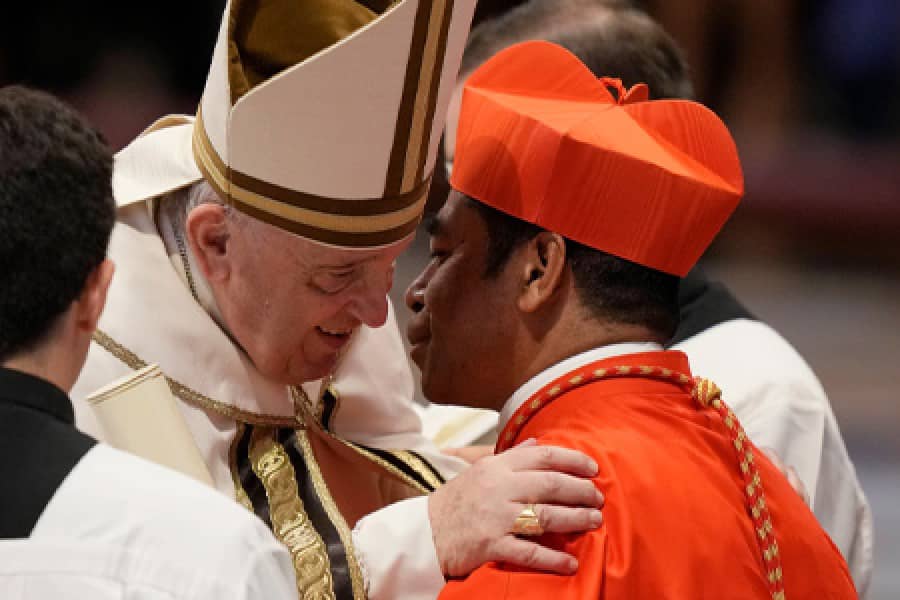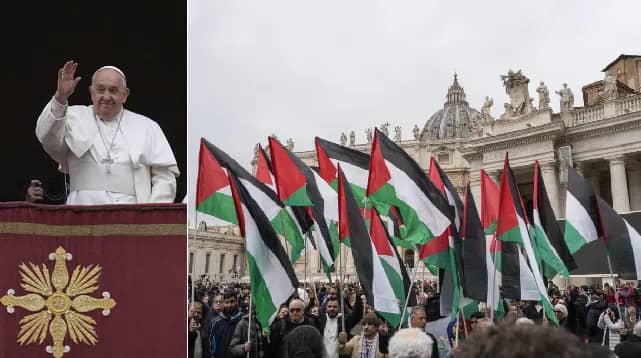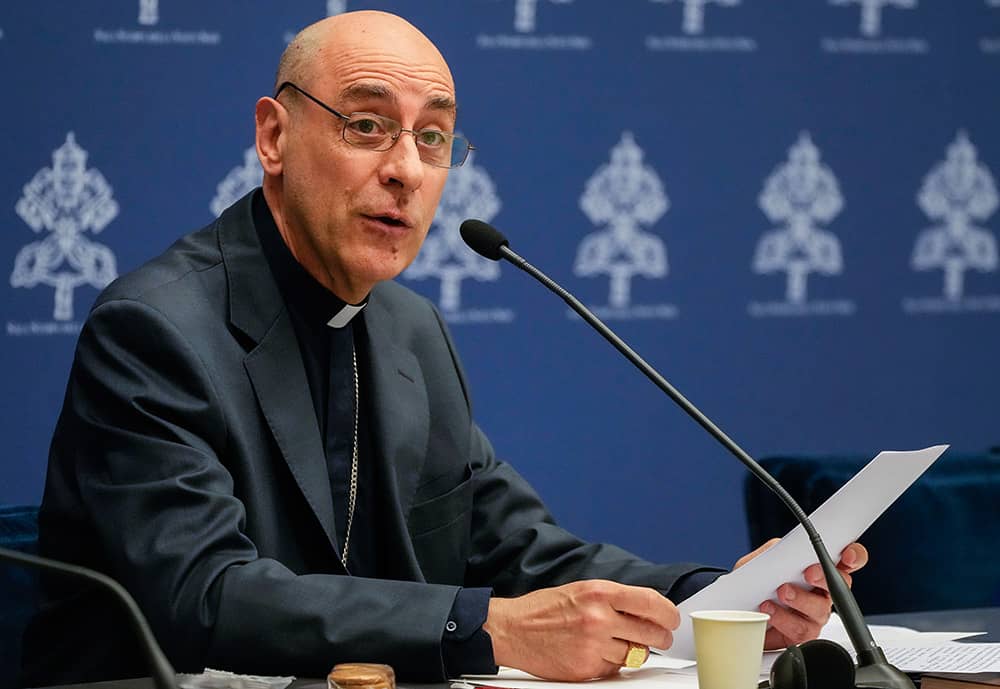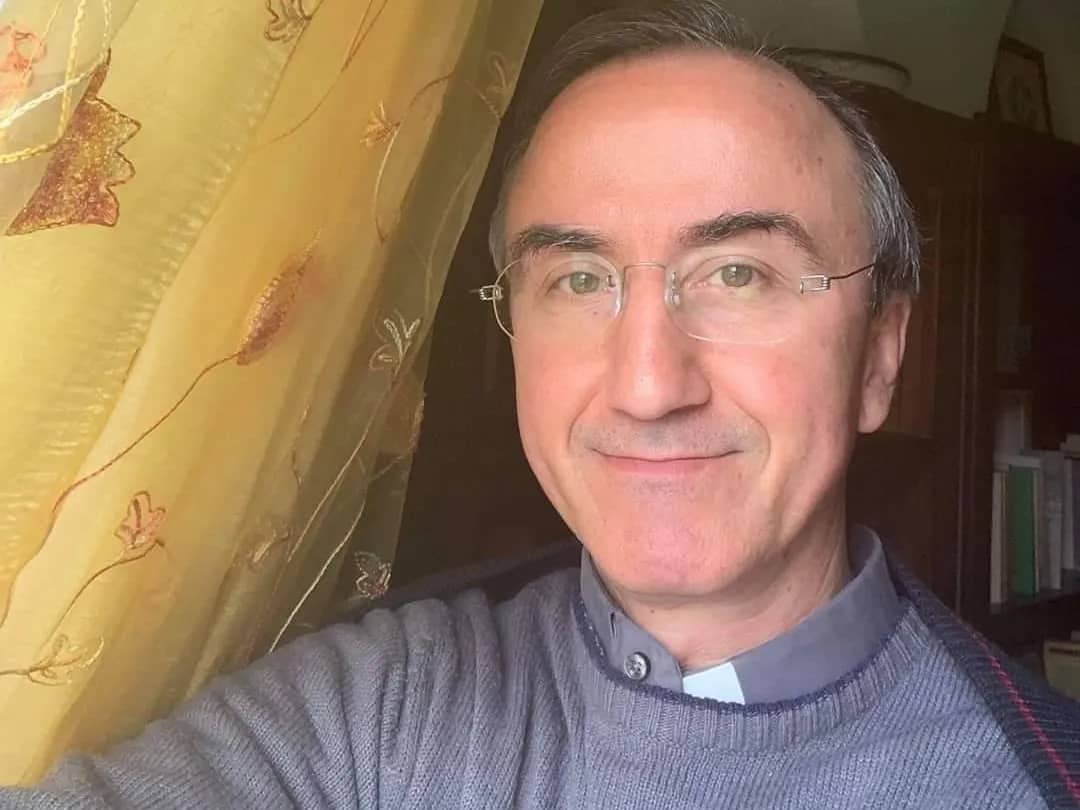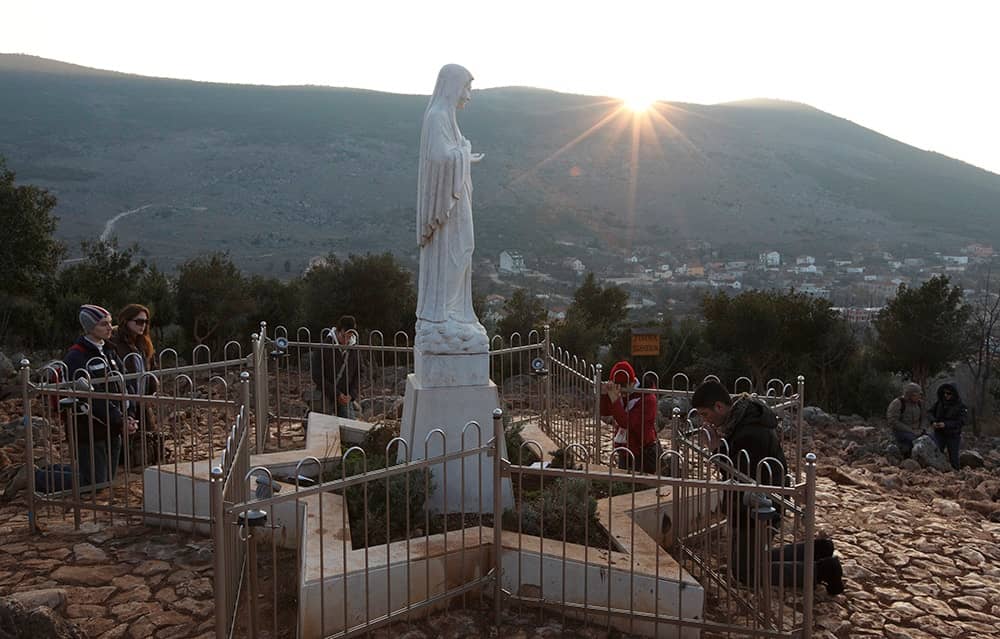ROME – Amid the Catholic Church’s push under Pope Francis to increasingly engage with and welcome Indigenous peoples and cultures, Australia’s bishops have approved a new liturgy incorporating elements of Aboriginal language and culture.
Called the “Mass of the Land of the Holy Spirit,” or Missa Terra Spiritus Sancti in Latin, the liturgy was formally approved for use in the Diocese of Broome in Western Australia on Tuesday during a plenary meeting of the Australian Catholic Bishops Conference in Sydney.
According to a May 7 statement from the Australian bishops, the motion to approve the Mass was brought forward by the Bishops Commission for Liturgy and was co-sponsored by the Bishops Commission for Relations with Aboriginal and Torres Strait Islander Peoples.
The liturgy will now be submitted to the Vatican’s Dicastery for Divine Worship and await a recognitio, or official recognition from the Vatican.
Throughout his papacy, Pope Francis has made of point of meeting with Indigenous groups and has often spoken out about respecting their land and cultural customs.
During his 2019 Synod of Bishops on the Amazon and in his subsequent exhortation on the meeting, Querida Amazonia, the pope stressed the need for a better inculturation of the faith in Indigenous communities, particularly through the liturgy and in the establishment of more seminaries to help foster local vocations.
In a statement about the approval of the new Aboriginal Mass, Bishop Michael Morrissey, who serves as apostolic administrator of the Diocese of Broome, said, “We have to walk with Aboriginal people. I am so pleased that after such a long period of use the Missa Terra Spiritus Sancti has been given official recognition by the bishops of Australia.”
“We recognize there are many Aboriginal cultures in Australia and we pray that they all be guided by the Holy Spirit to develop the best way of celebrating the Eucharist in the most appropriate ways with their people, within the life of the Church,” he said.
Two elders from the Bidyadanga, or La Grange parish, Maureen Yanawana and Madeleine Jadai, participated in Tuesday’s meeting in Sydney to present a printed copy of the Mass to the bishops and to discuss their experience with it.
“Singing at the top of our voices brings us peace,” Yanawana said, saying, “We would like to see you, all our bishops, stepping in our shoes, be invited to sit around our people, have that patience and just listen.”
Though formally approved Tuesday, the Mass, according to the bishops, has been in use in the Broome Diocese for over 50 years, and is celebrated in multiple languages.
Archbishop Charles Balvo, the Vatican nuncio to Australia, has celebrated the Mass, and for decades it has been known to Vatican officials “without any objections” being raised, the bishops said.
Bishop John Jobst, who led the Broome diocese from 1966-1995, first gave permission to use the Mass of the Land of the Holy Spirit in 1973 ad experimentum, meaning for a temporary experimental period.
Since then, the Mass, which originated in Bidyadanga in West Kimberley, Australia, has been known as the Missa Bidyadanga/Indigena/Kimberley, and has been celebrated weekly in remote communities in Australia.
According to the Australian bishops, a group of several people including the late Father Kevin McKelson, known for his work with Indigenous communities, and elders from five different communities translated the English version of the Mass into each of the five languages spoken in the community: Garadyari, Nyangumada, Yulbaridya, Dyuwaliny and Mangala.
McKelson had arrived at Bidyadanga in 1963 and began to learn the languages of the five tribal groups in the area, and was intent on making the Roman Rite of the Catholic liturgy accessible to the local Indigenous communities, using cultural equivalents for Roman phrasing and terminology, when exact translations were lacking.
The texts of the Mass were then continually refined and developed to meet the needs of the local community. The current version of the Mass was published by Liturgy Brisbane in 2018, after being studied by a group of liturgists who were consultants with the Australian bishops’ Commission for Liturgy.
In a statement after Tuesday’s approval of the Mass of the Land of the Holy Spirit, the National Aboriginal and Torres Strait Islander Catholic Council described the liturgy as a “distinctive Mass that beautifully amalgamates Catholic tradition with Aboriginal culture, thereby creating a unique celebration of faith that has served the diocese for over five decades.”
This Mass, the council said, “is not merely a liturgical practice but a testament to the deep-seated connection between our faith and the rich tapestry of Aboriginal culture. It symbolizes a bridge that unites our spiritual beliefs with the ancestral wisdom of the land’s original custodians.”
“It is a tangible expression of the Church’s commitment to recognizing and valuing the spiritual and cultural dimensions of Indigenous peoples’ lives, thereby fostering an environment of inclusivity and respect,” it said.
During a 1986 visit to Alice Springs, Pope John Paul II told Aboriginal and Torres Strait Islander people that “You are part of Australia and Australia is part of you.”
“The Church herself in Australia will not be fully the Church that Jesus wants her to be until you have made your contribution to her life and until that contribution has been joyfully received by others,” he said.
The approval of the Mass comes four months before Pope Francis is expected to make a lengthy, 10-day trip to Asia and Oceania in September, with stops in Indonesia, East Timor, Papua New Guinea, and Singapore, and during which he is expected to meet with local Indigenous communities.
Follow Elise Ann Allen on X: @eliseannallen







